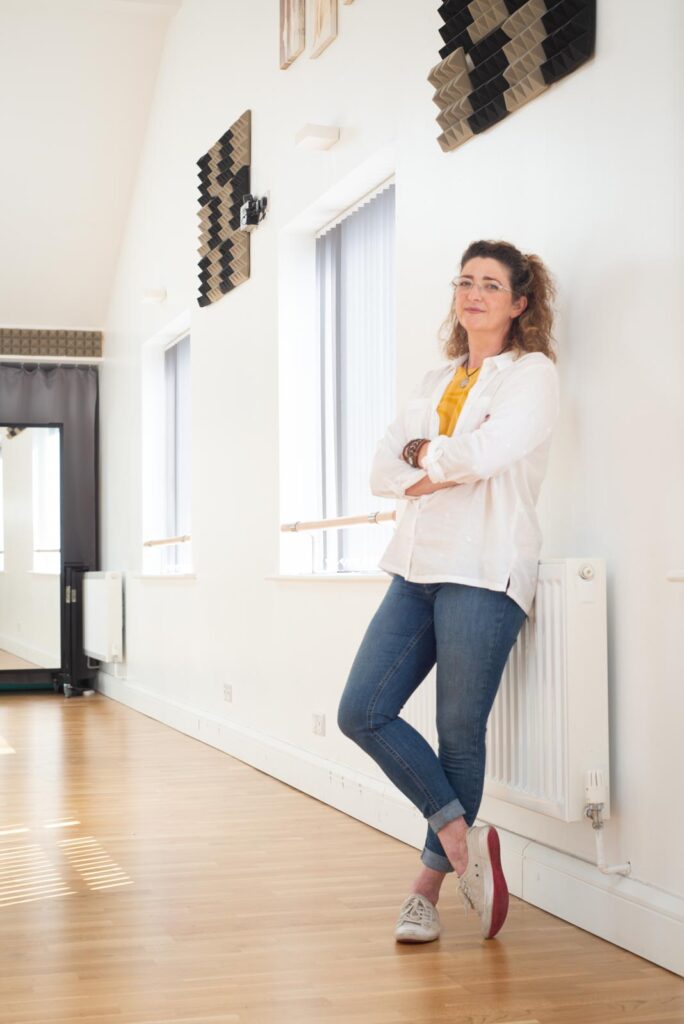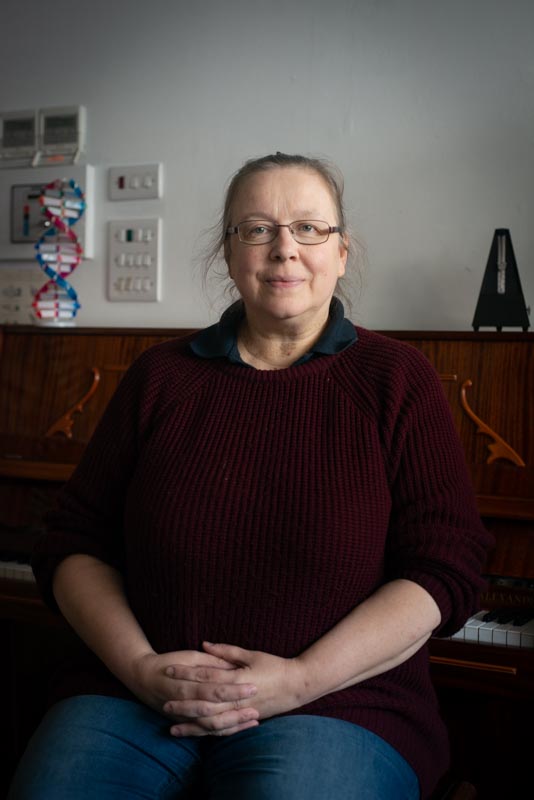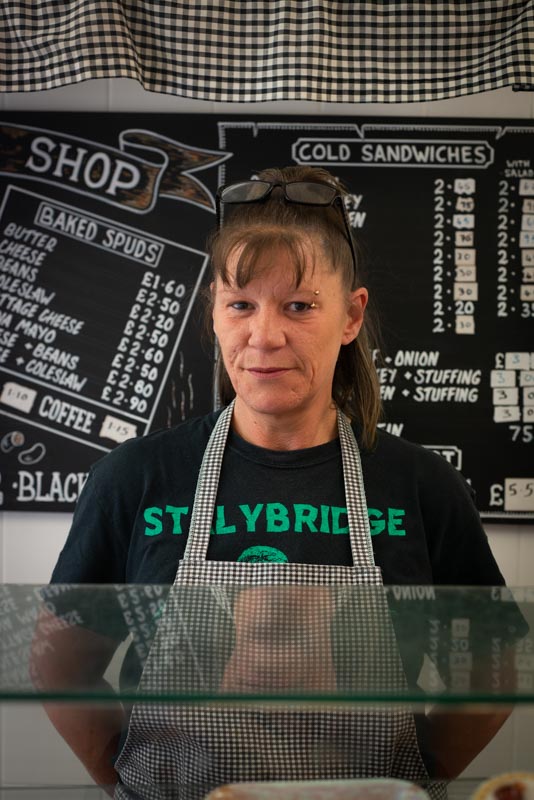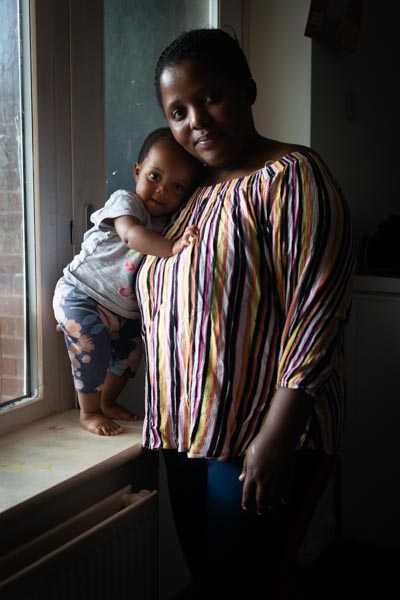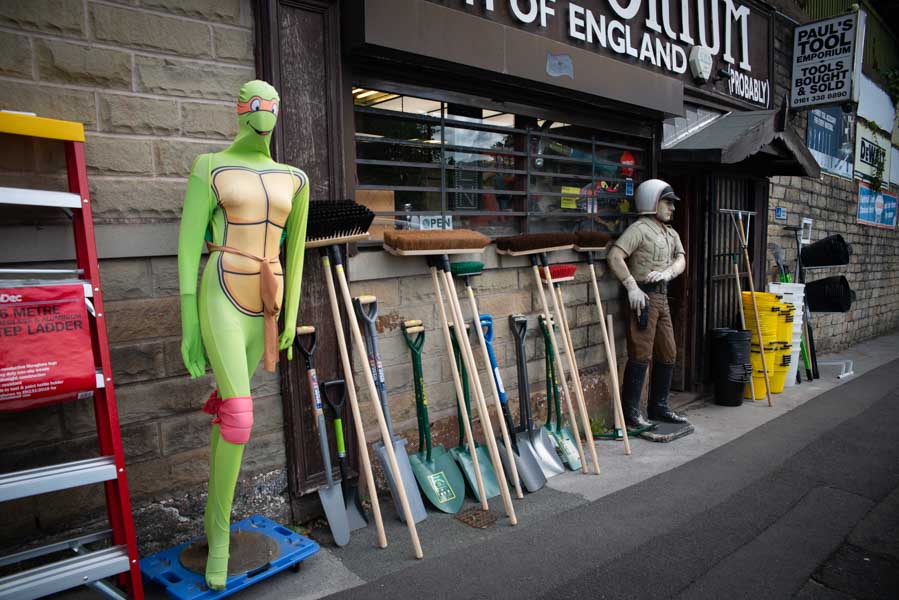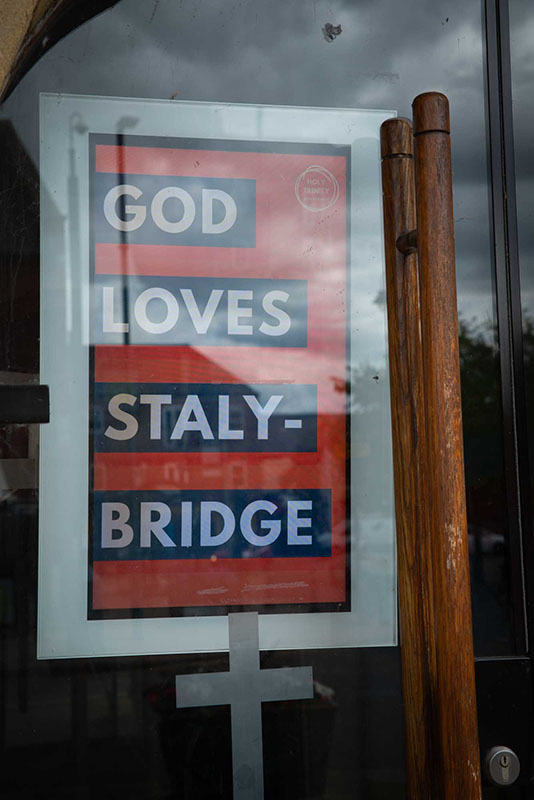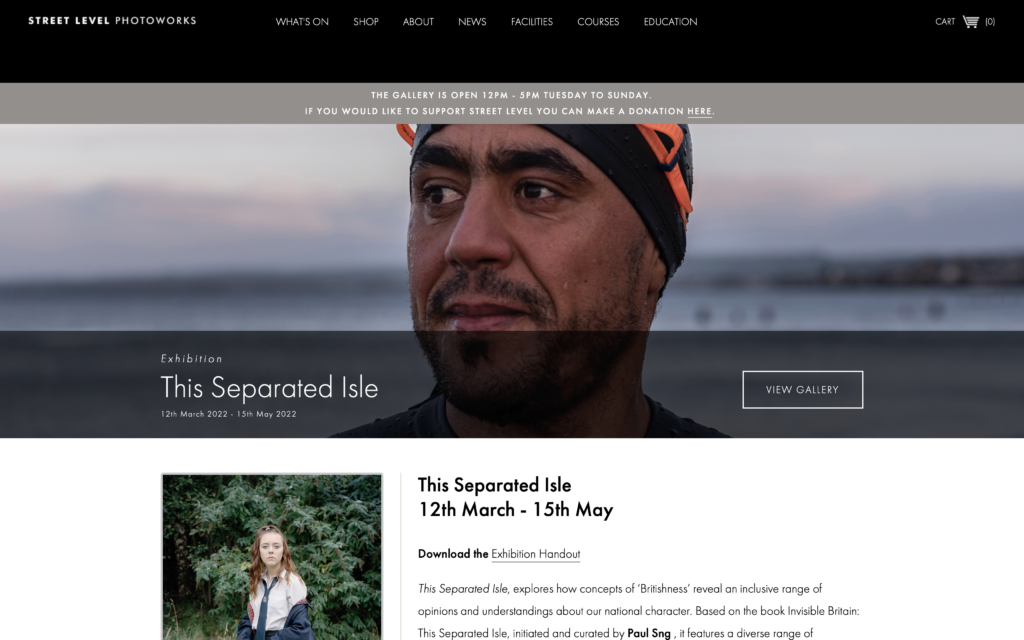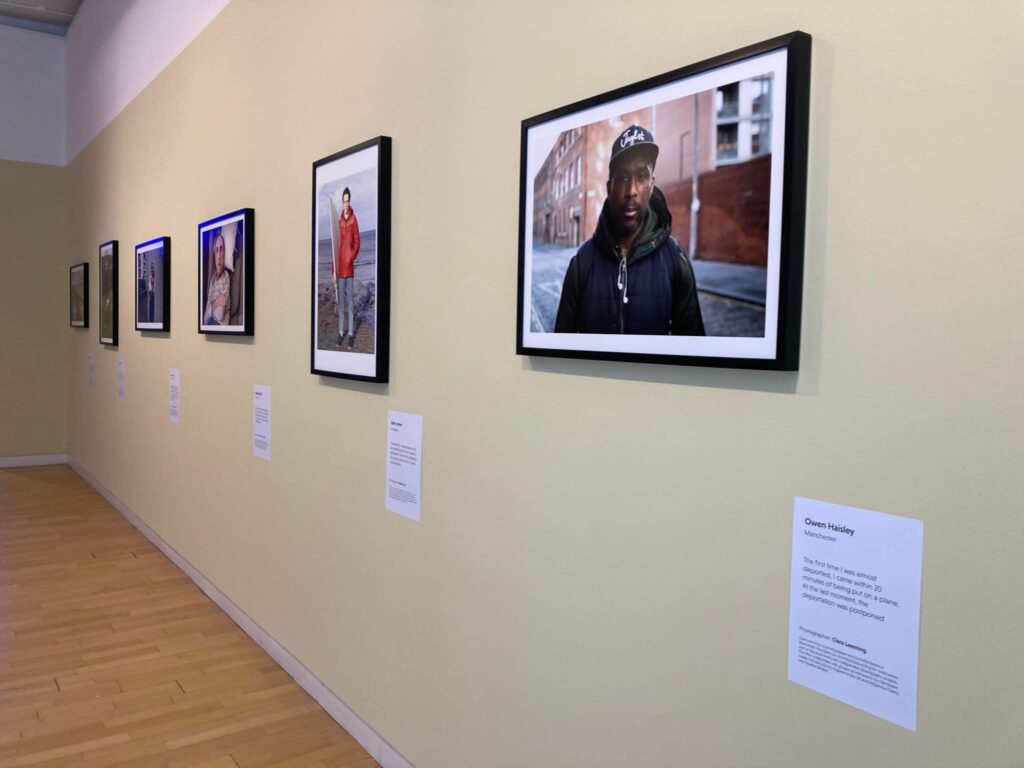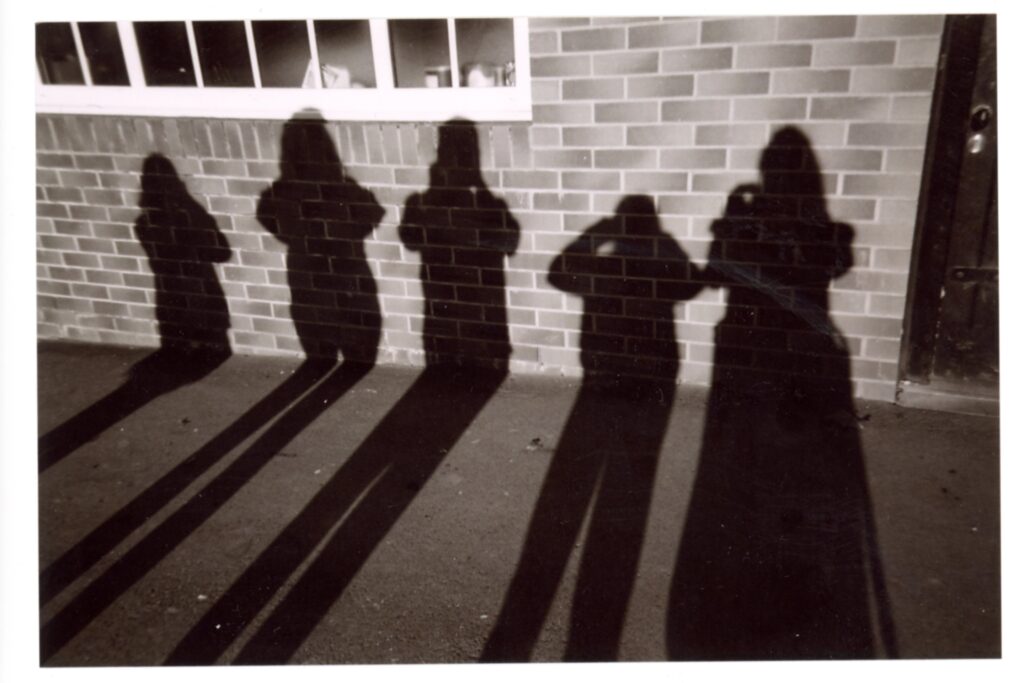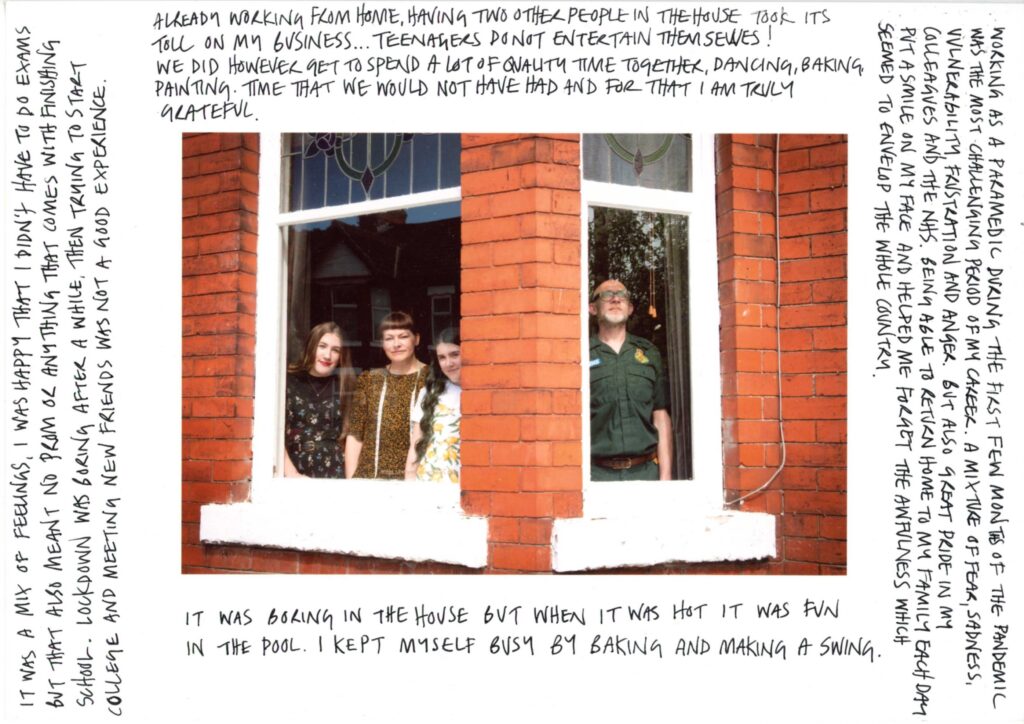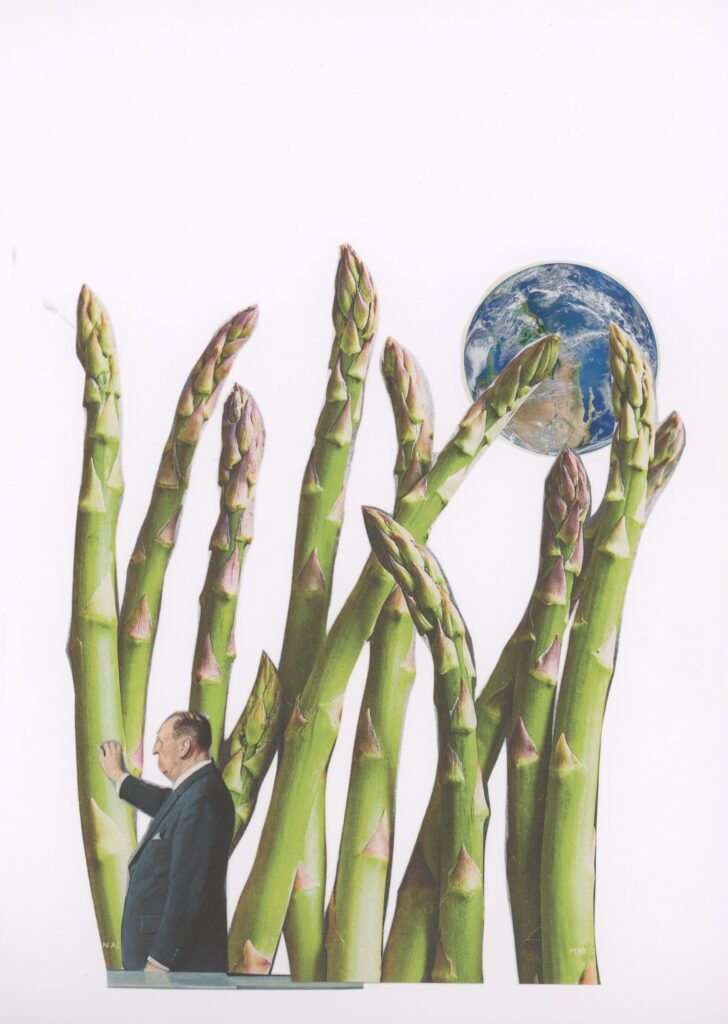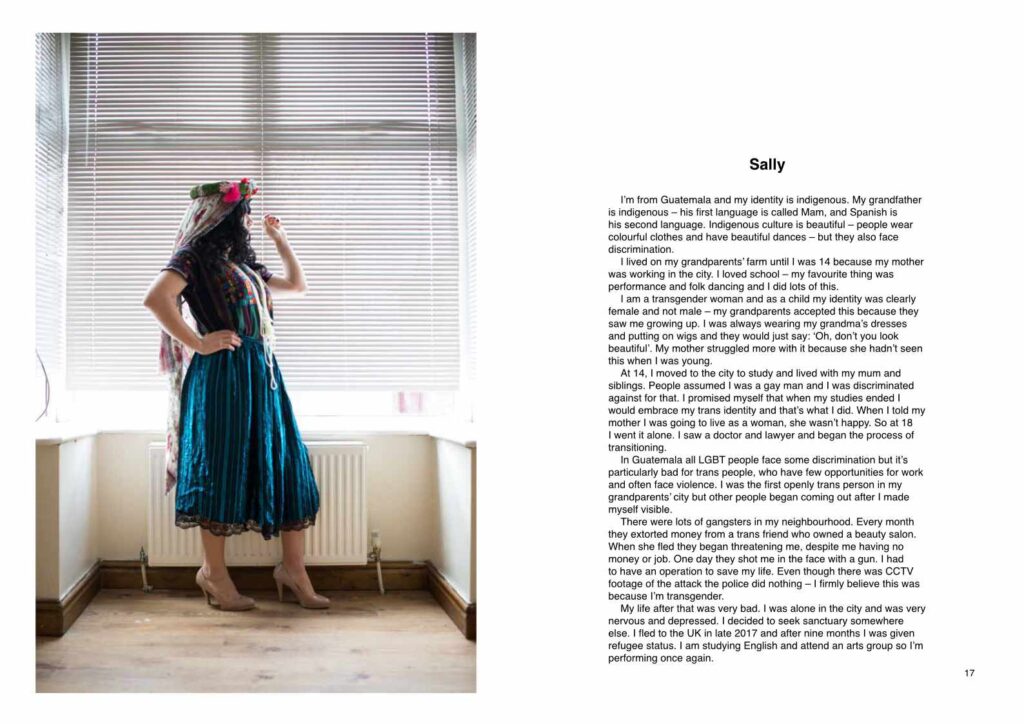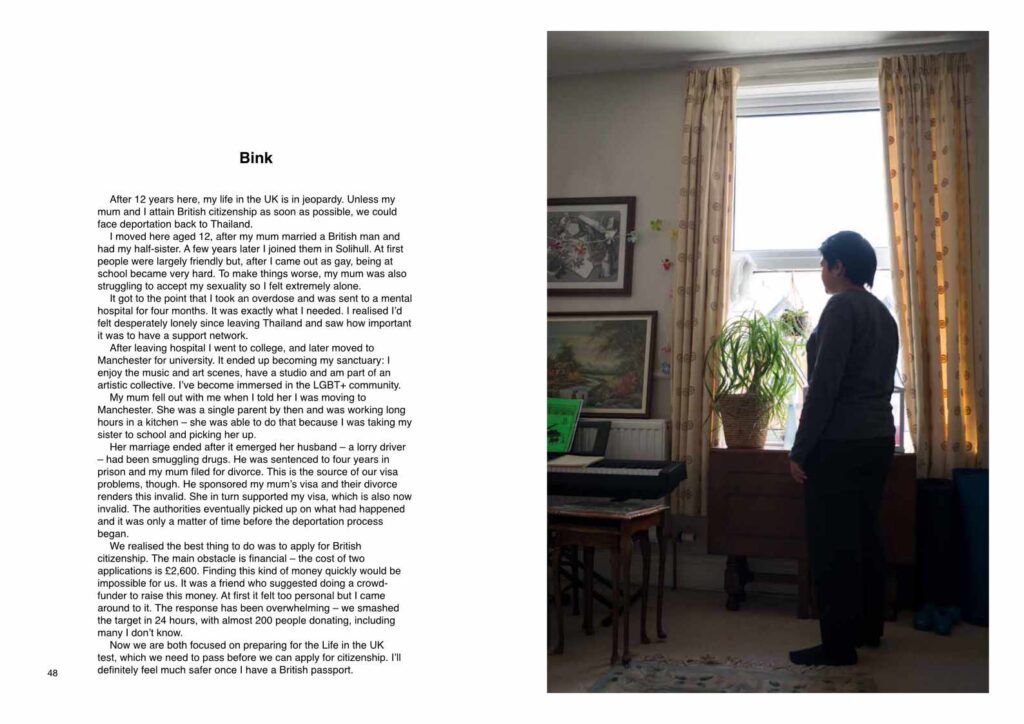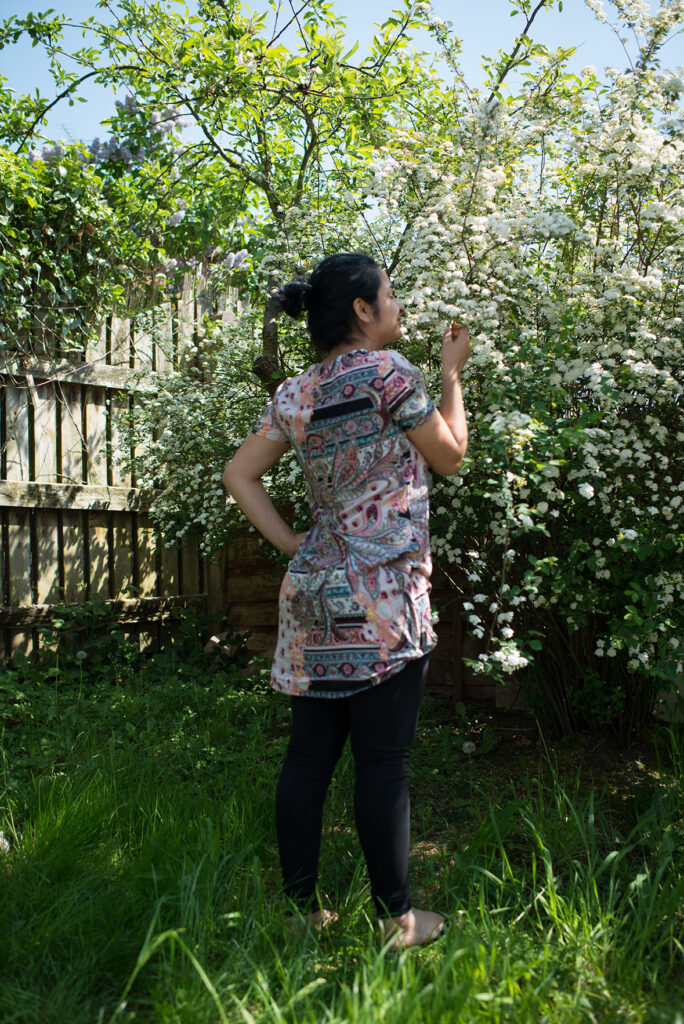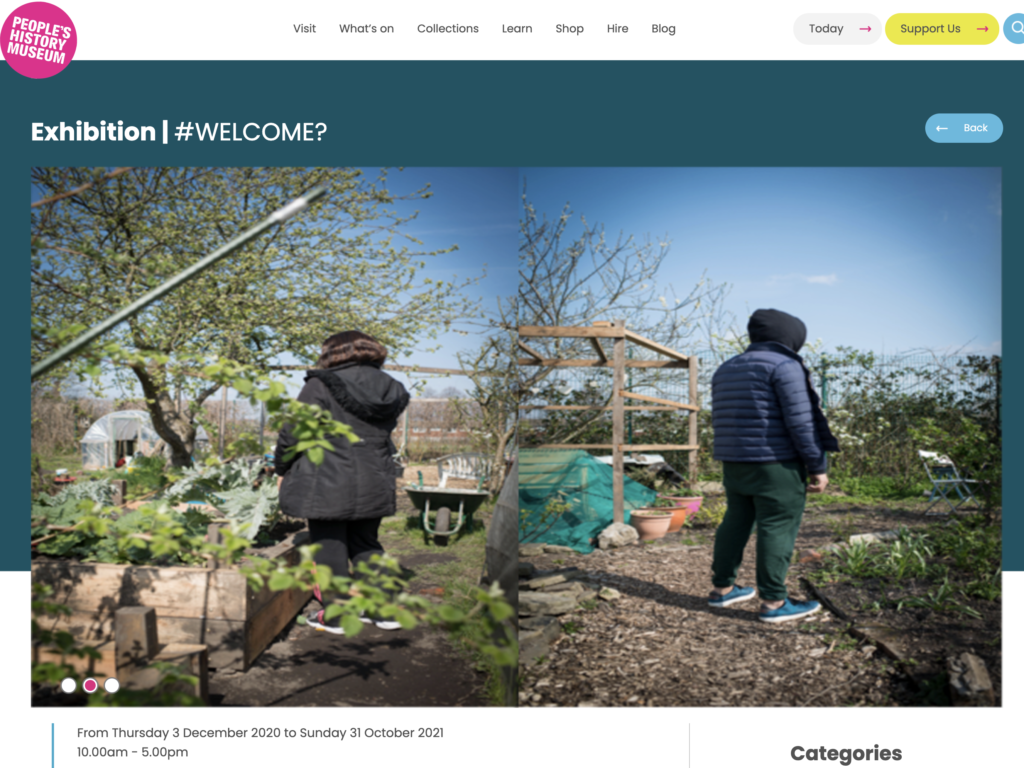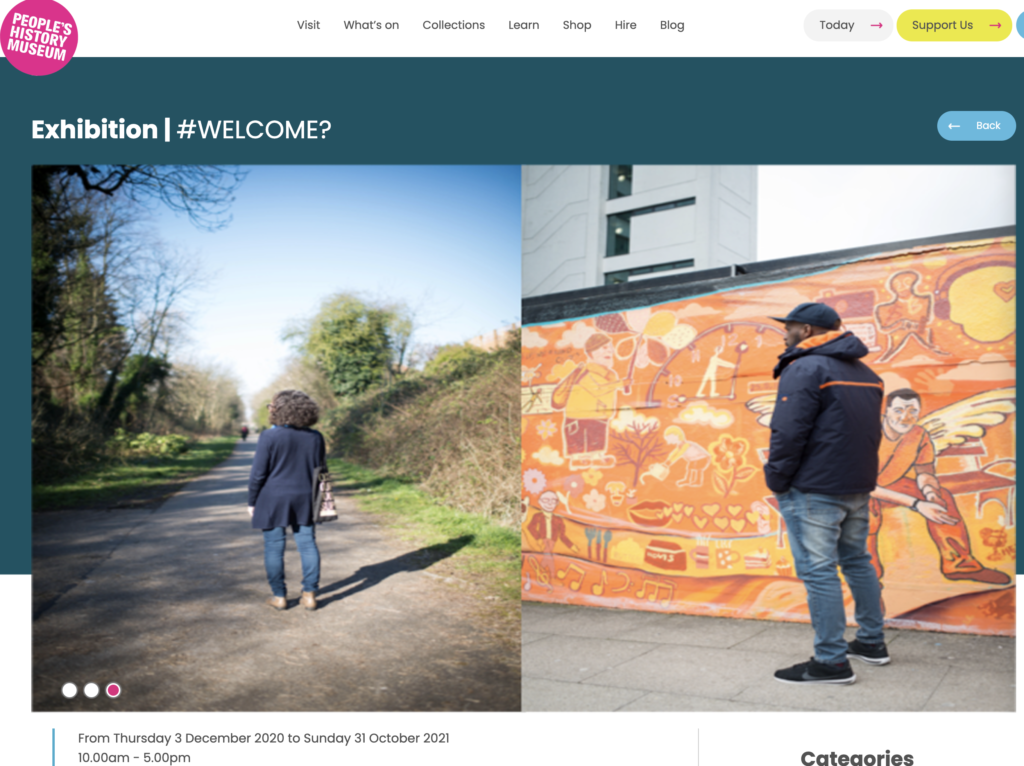Over the coming month I’m going to be working on a short project thinking about place and identity, in a Greater Manchester town I have never visited – Stalybridge. It’s going to have to happen in quite an organic and journalistic way – one step leading to the next – because I don’t have time to develop links with any groups in the way I’ve worked elsewhere lately. There is still three weeks of summer holidays – ergo childcare issues – which makes it even more complicated and challenging but it should be good. More info to follow…. This is a group project involving seven photographers – three here and four in Sweden. To kick things off we were asked to respond to some prompts about the issues we are addressing with the work. Here are my thoughts:
– VIEWPOINTS: What does it mean to be local/lokal?
IN looking IN
– How do our places make us feel?
My personal experience of place/locality has been mixed. I was born and raised in a town (Wrexham) – my family moved there shortly before I was born. Neither of my parents grew up in the UK so we’re a bit rootless. Wrexham is a border town but has quite a strong Welsh identity, and in the 80s/90s it felt very white/monocultural and quite stifling to me. I couldn’t wait to escape. In 1999 I moved to Manchester, were I’ve largely remained. I’ve lived in the same neighbourhood since 2004 and I feel like I belong here. People talk sometimes about ‘chosen family’ and that’s how this area feels to me. It’s diverse and creative and warm and friendly in a way that my hometown never felt growing up – although that could be changing now… or maybe it’s a matter of perspective. I remember being fascinated when I was about 18 and working in my local pub in Wrexham by the people who felt so connected with their place that they never moved away/never yearned for change. I am still very curious about people like that and understand it more now because I’ve found somewhere where I feel I fit.
– What heritage defines your place eg. for Greater Manchester it is perhaps textile, heritage, canals and trade routes.
Greater Manchester has a strong industrial tradition – it’s the birthplace of the industrial revolution. The social history aspect of this interests me – the migration it led to, from Ireland and Italy, then from the Indian subcontinent and broader British Empire. This has enriched the region enormously, and more recent waves of migration continue to do this.
– Contemporary culture – what do people like to experience in their locality?
My area is rapidly gentrifying – which has its pros (finally a few nice cafes and bars) but many, many cons as well (lots of people I know being priced out of the rental market or choosing to move away). One of the drivers of this locally is a weekly market, which was set up by community members seven years ago and is a social enterprise which aims to put money back into the local area. It’s a really lovely place to go eat and you always bump people you know there but it’s a space which doesn’t serve the whole community as it is unaffordable to many people. For me this side of local contemporary culture is jarring – I fear that places are increasingly being segregated by class. Recently I was part of an artist residency at the market – we got Platinum Jubilee funding to run a community portrait project there. We tried hard to pull in a broad range of participants. It was a joyful project to be involved in – people have a lot of love for this area. I am lucky to be part of a burgeoning creative community in the locality – there is a lot going on and artists are developing links with one another.
– What are our shared concerns, issues and aspirations and how do we feel about where we live and work?
I am passionate about where I live and have seen a lot of changes there over recent years. In 2016 I was commissioned to do some research for the local market into what factors were holding back our high street, because there were so many empty shops and it felt like a failing district centre. The place has changed enormously since then. But I worry about gentrification and who spaces serve/does not serve and how sustainable these changes are. This year I’ve been working in Wigan on a town centre project and some similar questions have been coming up for me. Who owns space? Who has a right to be in particular spaces and what kinds of uses are acceptable? How do we make sure access to our town centres and high streets is equitable?
OUT looking IN
– What is more important, external perception of a place, or our internal perception?
For me, places are for the people who live and work in them before anyone else. They matter much more to me than external image. If I make work I want it to have integrity and truth from that point of view. Passion shines through though – where I live for example, that pride for Leveshulme that local people have is what outsiders probably take from some of my recent work (the market project contains written reflections by local people. See our zine here)
– What stops people from seeing your place the way you’d like them to?
My neighbourhood is dirty. Litter and fly tipping are a huge problem. If I travel one mile into Stockport this problem doesn’t exist to the same extent (it is a wealthier area, which is also a factor).
IN looking OUT
– How does our locality influence how we think about the world?
Growing up in Wrexham, a monocultural place at the time, I didn’t connect with it because my family were outsiders (‘blow ins’, as my Irish mum would say). I think I needed to be in a place which was more culturally mixed for things like this to cease to matter and there was a lot more space to be alternative, like different music, be arty etc. I was desperate to leave and had a yearning to travel the world. It took travelling and living abroad for me to realise that the UK is not as awful as I had previously thought and that the grass is not always greener. If you put love into where you live and try to make strong connections, hopefully you will get it back.
– What makes our places similar and what makes them unique?
I feel like the UK has quite a complex web of regional and national identities and local idiosyncrasies – maybe all countries do. I’m interested to learn about the context in Sweden.
– How can crossing borders and partnering with neighbours enhance our local experience?
Travel and learning about other countries has helped me see more clearly the good things which do exist in the UK and what could be done differently. It’s good to hear different perspectives and learn about alternative ways of doing things.
– How does your work challenge these questions?
I think my work often shows the pride people have in where they live but not in a blind way – I want my work always to show nuance and to ask challenging questions. I don’t know what this will look like in Stalybridge but it will include personal narratives of local people and their connection to place, I would expect.
